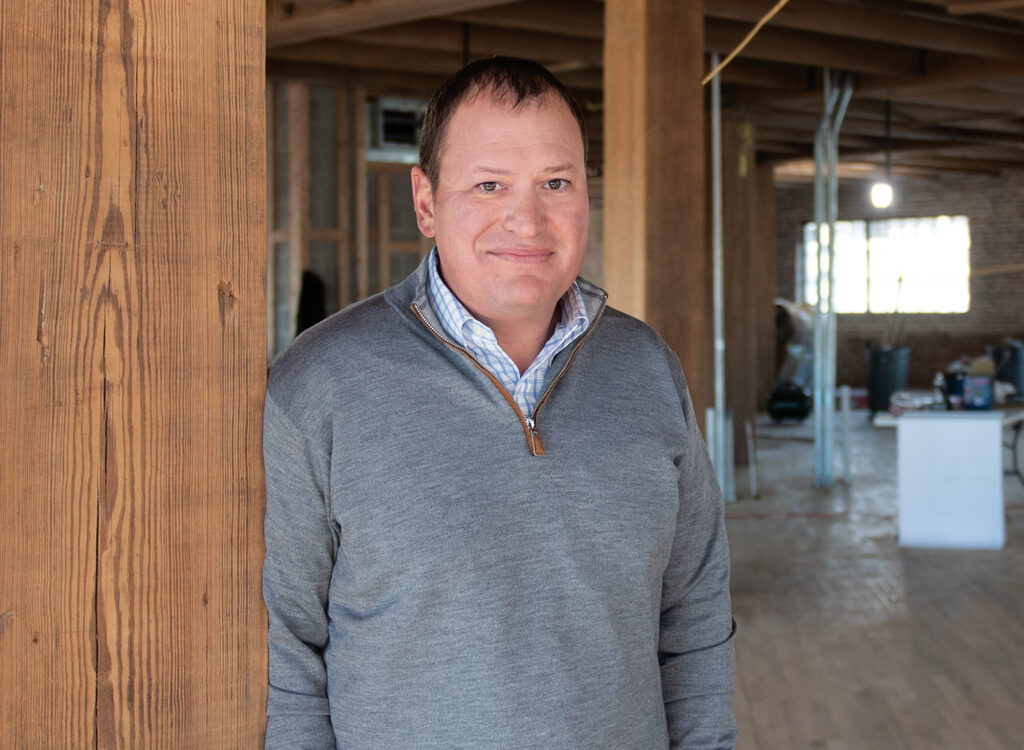NOTEBOOK: Why trees matter in business

SUZANNE BEHNKE Sep 25, 2018 | 12:20 pm
2 min read time
477 wordsBusiness Record Insider, Energy, The Insider NotebookA few weeks ago, a press release hit the newsroom’s inbox about a Trees Forever event coming up. I didn’t know much about the organization, so I kept reading. And then I started an email conversation with Leslie Berckes, Tree Forever’s program development and and innovation director. Here are some excerpts from our conversation about why trees should matter to leaders in Des Moines:
Business Record: What would you want the business community and its leaders to know about the area’s tree population?
Berckes: First, I would want the business community to know what a valuable resource trees are in our community, and they are particularly important to the business community. I know some business can see trees as a nuisance (blocking signs, attracting birds, leaf litter), but if we do the cost/benefit analysis, I think more business leaders would find the benefits far outweigh the costs. For example:
- Commercial offices with high-quality landscapes will receive 7 percent higher rental rates.
- Shoppers will spend 9 percent to 12 percent more for goods and services in central business districts having high-quality tree canopy.
- Shoppers indicate that they will travel greater distance and a longer time to visit a district having high-quality trees, and spend more time there once they arrive.
Business Record: What are challenges or threats to tree health?
Berckes: Yes, there are lots of threats and challenges to our trees. Most people already know about the emerald ash borer, which will kill all ash trees unless treatment measures are taken (and most metro communities are treating some of their ash trees). If left untreated, we could lose 14 percent to 16 percent (average number of ash trees in a community) of our trees.
The other major concern I have about trees in our community is loss of trees due to development and construction damage. As our cities continue to grow, we lose trees due to new building. I like to do a visual and hold my arms out wide to represent a large tree with a big canopy. Now, imagine that tree being cut down due to new homes or business and a small tree being put in as a replacement. Bend your arms at your elbows and that’s your new tree canopy from the small tree. It doesn’t even come close to meeting the big tree that was lost. The bigger the tree, the more stormwater it intercepts, the more shade it provides, the more wind it blocks, the more carbon it sequesters.
Plus, construction. It’s a real killer to trees when root zones are compacted, limbs are broken off, bark is damaged. The good news is there are steps that can be taken to minimize construction damage, but it does take diligence on the part of the contractor. If I could wave my magic wand, this is one thing I’d want to fix right away.








